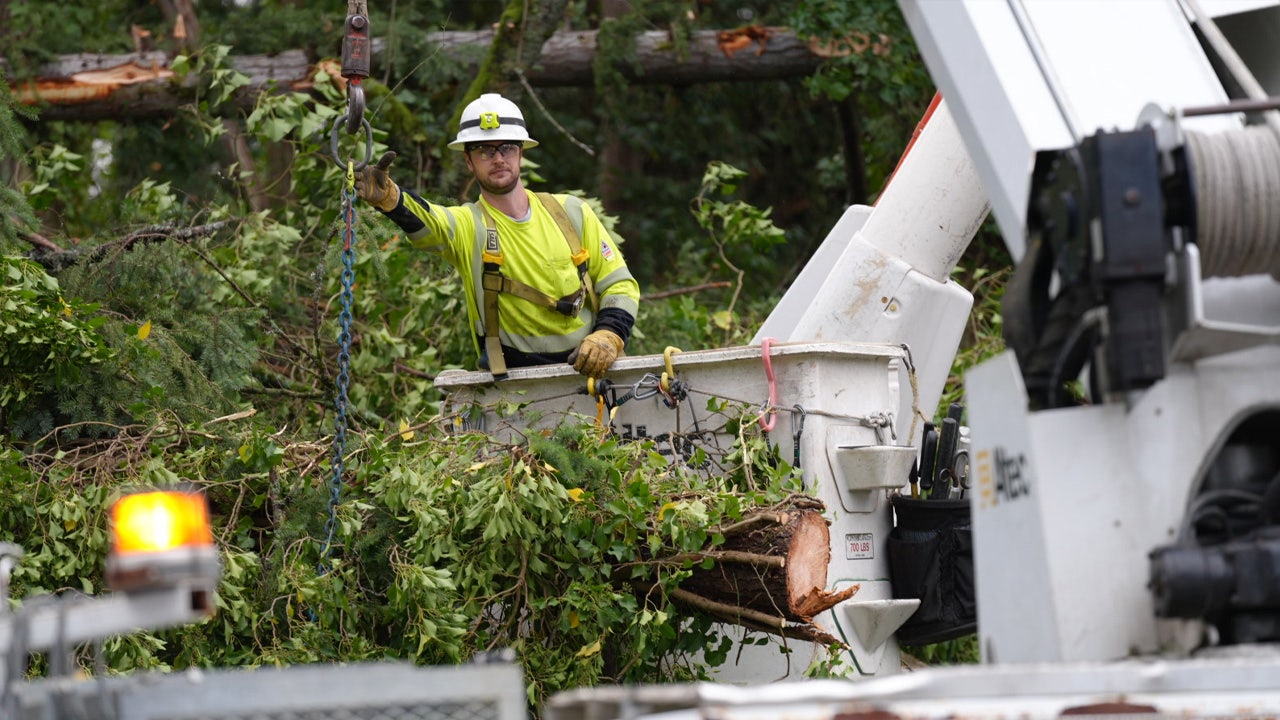Lights Out, Hope On: WA Power Crews Race to Restore Electricity After Brutal Windstorm

As winter storms threaten the Pacific Northwest, local utility companies are taking proactive measures to ensure community resilience. Puget Sound Energy and Tacoma Power have strategically positioned their emergency response teams and mobilized critical equipment, standing ready to swiftly address potential power outages.
These utility providers are fully prepared to respond quickly to any electrical disruptions that may arise from severe weather conditions. Their crews are strategically stationed throughout the region, equipped with the necessary tools and resources to restore power efficiently and minimize service interruptions.
By maintaining a state of readiness, Puget Sound Energy and Tacoma Power demonstrate their commitment to keeping residents and businesses connected during challenging weather events. Their preparedness reflects a comprehensive approach to emergency management, prioritizing community safety and uninterrupted electrical service.
Residents are advised to have emergency supplies on hand and stay informed about potential weather-related power disruptions through local utility websites and emergency communication channels.

